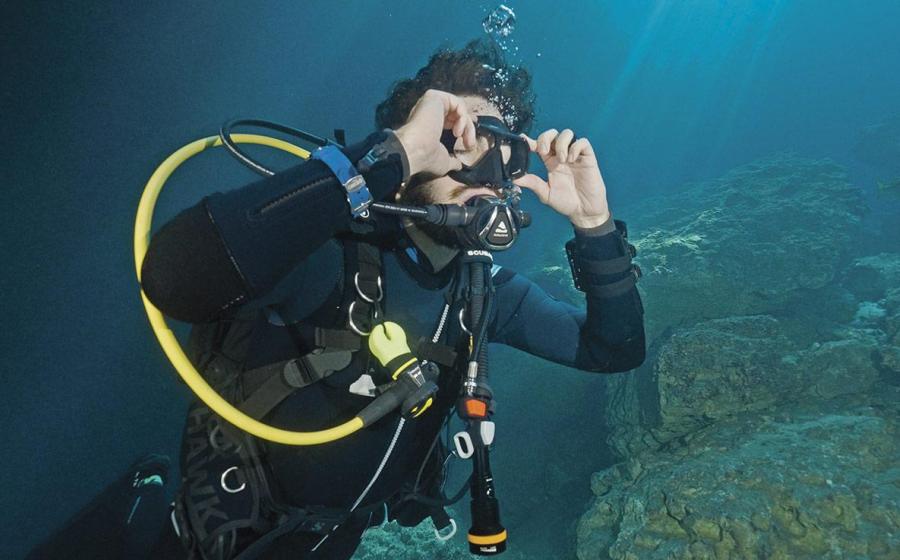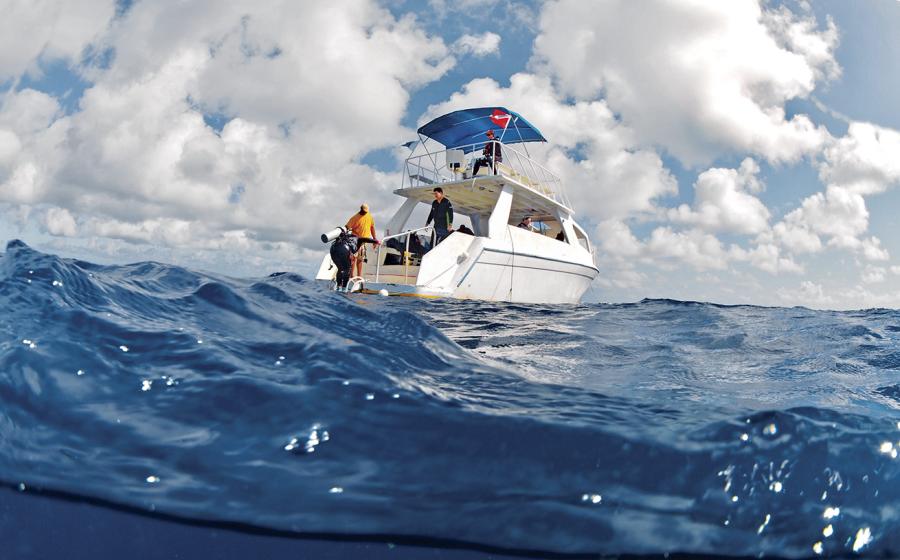New Netflix Documentary “Chasing Coral” Chronicles Impact of Climate Change on Coral Reefs
Chasing Coral, a new documentary about the effects of climate change on coral reefs, begins streaming today on Netflix. The film follows a group of filmmakers, scientists and engineers as they attempt to document the changes corals are undergoing worldwide as a result of warming ocean temperatures.

The Ocean AgencyA look at the bleaching of the coral reef in American Samoa
Jeff Orlowski, who previously directed the Emmy-winning climate change doc Chasing Ice about the melting of Arctic ice sheets, directed the film. Like that documentary, Chasing Coral seeks to visualize the real-world effects of climate change in a way that graphs and academic studies can’t.
To make the film, the crew spent three years traveling around the world, utilizing time-lapse video technology to capture coral reefs in the process of dying. They faced numerous challenges including frequent storms, unreliable gear, and the sheer difficulty of trying to capture this footage. During the three years spent filming, they traveled to Hawaii, Bermuda, Australia and American Samoa, logging more than 650 hours underwater.
READ MORE: Can Truk Lagoon Be Saved?
The idea for Chasing Coral came when Orlowski was sent a pair of photos by a man named Richard Vevers, who appears in the film. The first photo was of a vibrant, healthy reef filled with colorful coral. The second was a dead, lifeless gray one. That’s when Orlowski realized something. People have seen coral reefs before and after death, but no one had ever actually chronicled the process as it was happening in real time.
“That’s what got me hooked, more than anything else, was this potential for telling the ocean’s story in a unique, powerful way that nobody has seen before,” Orlowski says in a video on the film’s website.

XL Catlin Seaview SurveyThe film crew surveys Glover's Reef in Belize.
Coral reefs are some of the most biologically diverse ecosystems in the world, providing habitat for countless species of fish and plant-life including numerous commercially caught fishes. About one-third of all fish species spend at least part of their life cycle in reefs. The corals themselves are uniquely adapted for survival, relying on algae that lives within their tissues for food. These algae, known as zooxanthellae, create nutrition for the corals from sunlight.
However, when the corals become stressed due to high temperatures or other causes, the algae can be ejected from the coral, causing the coral to begin to starve. As they suffer a lack of nutrition, they change color from bright and colorful to bleach-white (thus the term coral bleaching) and begin to die.
READ MORE: Amazing Animals Only Divers Can See
As the amount of CO2 in the atmosphere raises global temperatures, bleaching is increasing. Since 2014, in particular, the trend has seen massive increases. In 2016 alone, more than 29 percent of the Great Barrier Reef in Australia died off.
Corals often undergo bleaching naturally, as a result of bacterial infections and other stressors, including El Nino events, which can raise water temperatures significantly. However, the rise of CO2 in the atmosphere as a result of human emissions places a unique pressure on the reefs.
“There’s nothing natural about the cycle that’s going on right now,” said Orlowski in an interview with PBS News Hour.
Learn more about the film at the Chasing Coral website and Facebook page.










